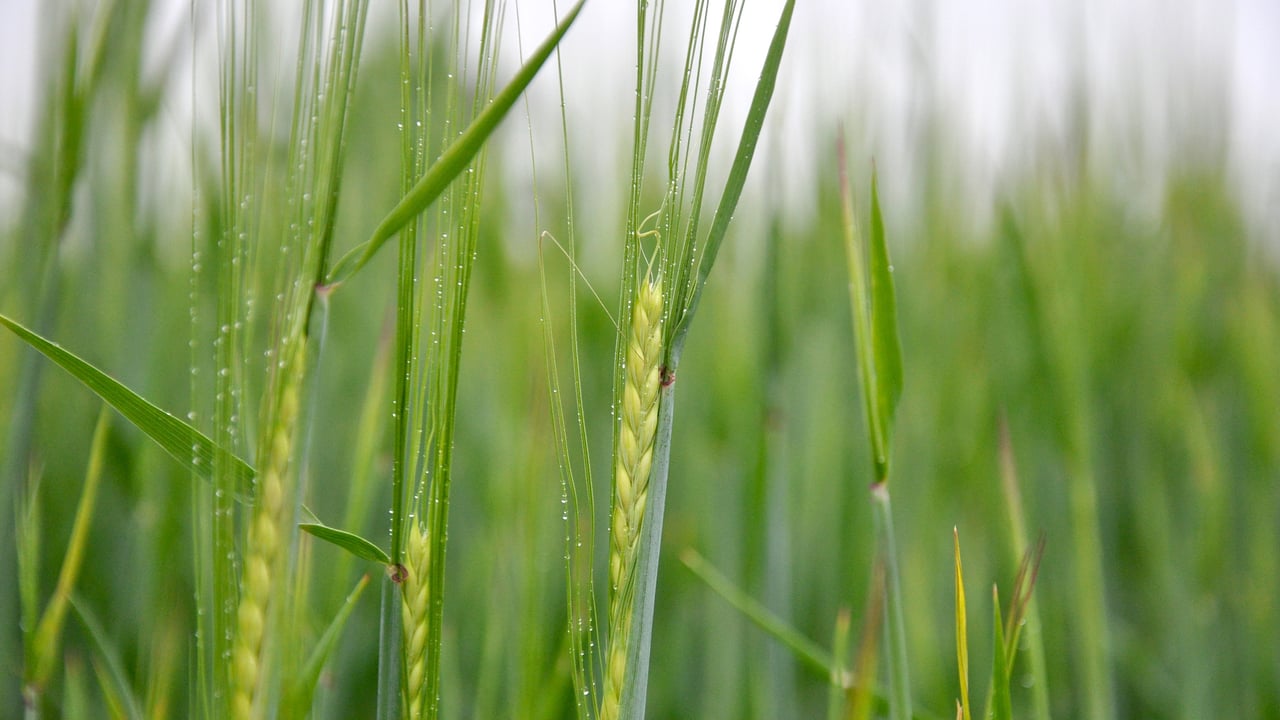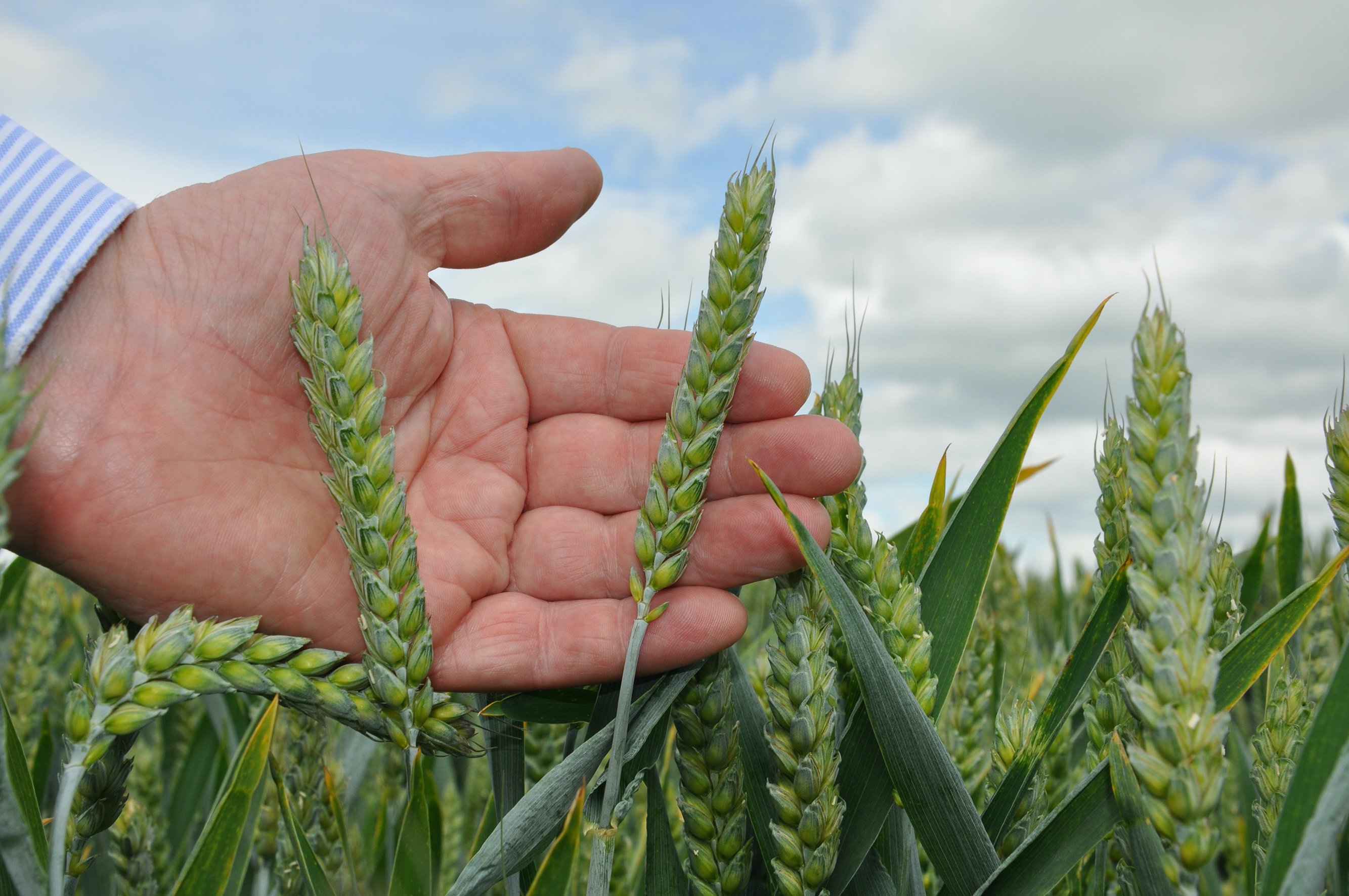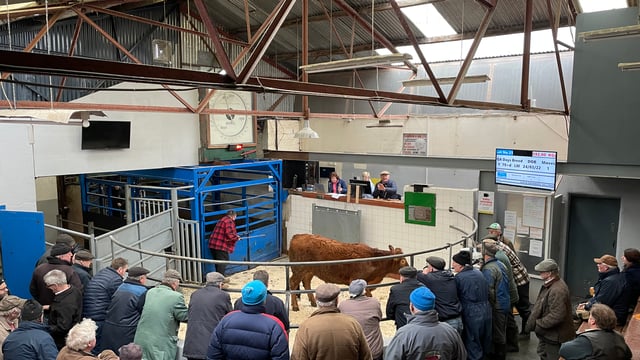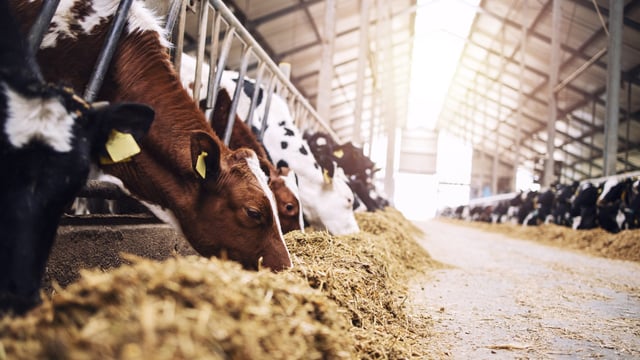Advice: Choose wholecrop harvest date based on farm needs
Dairy farmers making wholecrop silage from winter or spring cereals should choose the crop’s harvest date and percentage dry matter (DM) content according to the farm’s needs.
That is the advice from silage specialist at Volac Peter Smith.
He told Agriland: “A key benefit of wholecrop cereals, compared with other silage crops, is that you can decide when to harvest the cereal crop based on factors such as whether you are short of forage and which cows the wholecrop will be fed to.
“Most farmers preserve wholecrop by fermentation as this is a simple and cost-effective method. Fermented wholecrop can be made when the crop has reached anywhere from 30-60% DM.
"Harvesting towards the lower end of this range will provide silage with more bulk. Harvesting towards the higher end, when the crop is more mature, will provide silage with more scratch factor and starch," he added.
The silage specialist also advised that, whenever wholecrop is made, it is important to conserve it properly to prevent losses in feed value.
"You have already invested in growing the crop, so you don’t want some that investment to go to waste," he continued.
“Consider a dual-acting additive... to aid the fermentation process but also to keep it aerobically stable and cool. The risk of losses from wholecrop silage heating increases when it is harvested at higher percentage DMs.”
Percentage DMs in wholecrop
Elaborating on the different percentage DMs that cereals for fermented wholecrop can be harvested at, Smith offers the following guidance:
Harvesting at 30-40% DM
Harvesting cereals at 30-40% DM for wholecrop offers the maximum amount of fresh weight, so is useful for those farms that need to make up for low grass yields or low grass silage stocks this season.
However, because it is harvested early, he said it will not provide the highest yield of DM per hectare.
“Wholecrop in this percentage DM range has had less time to lay down starch in the grain, and is often fed to dry cows and youngstock," he explained.
"At these percentage DMs it can be harvested without specialist equipment – using a wholecrop header, or by mowing before harvest without the conditioner turned on."
Harvesting at 40-50% DM
A more common percentage DM range for harvesting cereals for wholecrop, this can offer a similar fresh weight yield to the lower percentage DM material, but has the benefit of providing more starch.
This makes it useful for reducing starch-based concentrates and for animal performance.
“Harvesting in this percentage DM range offers a sweet spot between starch content versus sugars and moisture for fermentation," Smith explained.
"However, because the crop is drier, it becomes more difficult to keep cool and stable, making a dual-acting additive particularly important. Placing 2-3ft of freshly-cut consolidated grass on top before covering the clamp can also help to seal it and keep it cool.
“To harvest in this percentage DM range, a wholecrop header is required. Above 45% DM, a grain cracker may also be needed to prevent intact grains passing through the cow, although if the crop is undersown this can increase the moisture enough to soften the grain.”
Harvesting at 50-60% DM
Harvesting at 50-60% DM will increase starch levels further and increase “scratch factor” as the crop becomes more fibrous, making it useful for higher production animals, especially if other forages are low in fibre, according to Smith.
“Because the crop is now even drier, it becomes more difficult to consolidate, making an additive that protects against heating even more important.
"Clamps should always be filled in layers no more than 10-15cm deep, but at this percentage DM this is critical. Again, consolidated fresh grass over the top is good practice, and a grain cracker on the harvester is essential," he concluded.






